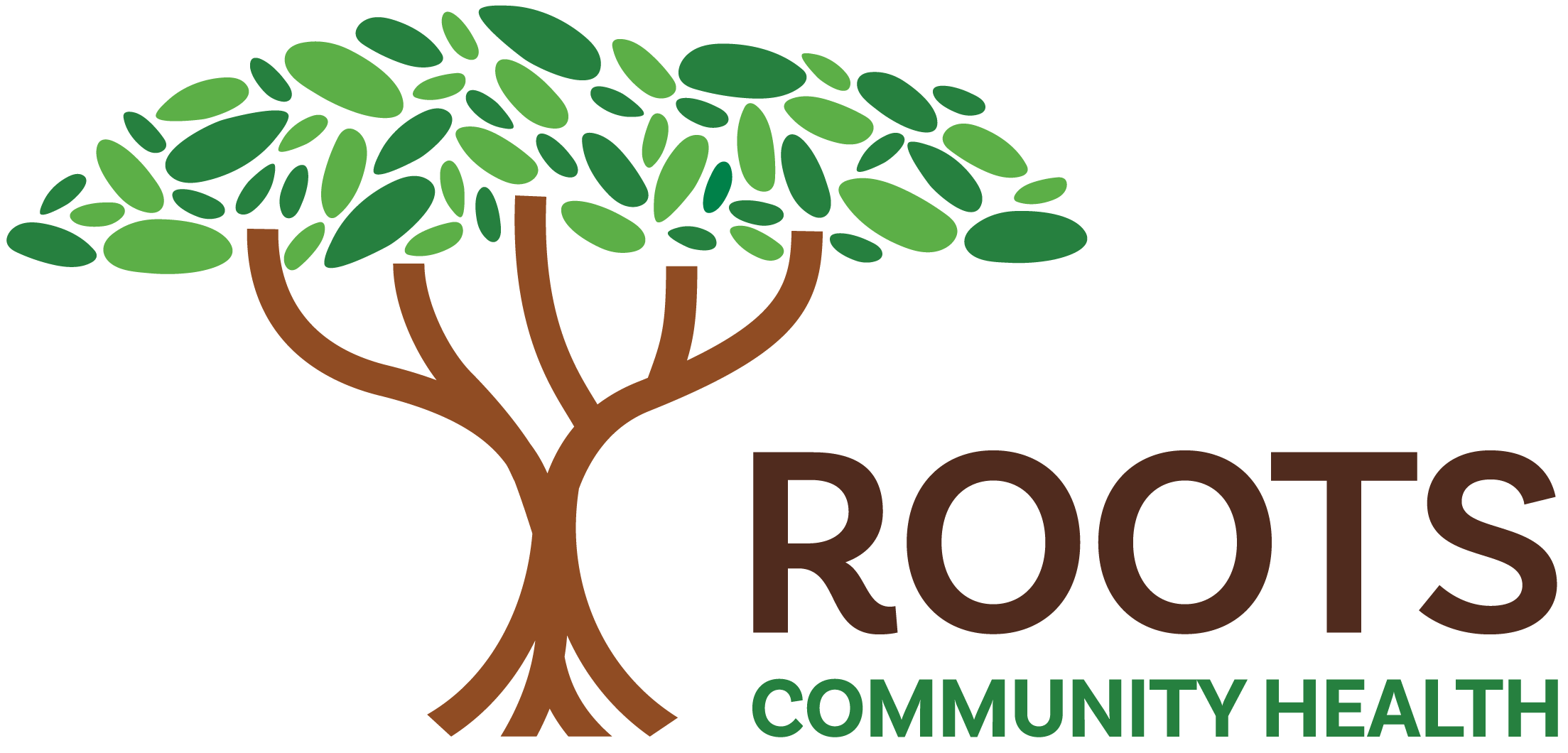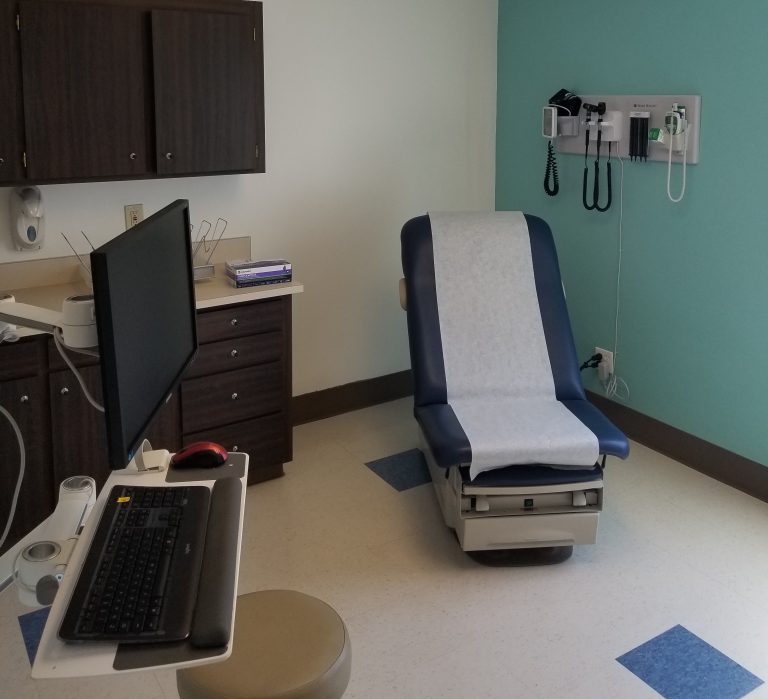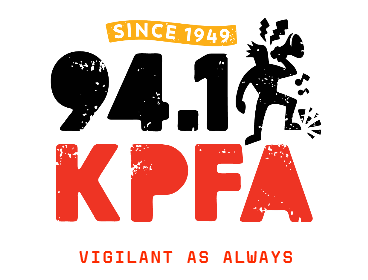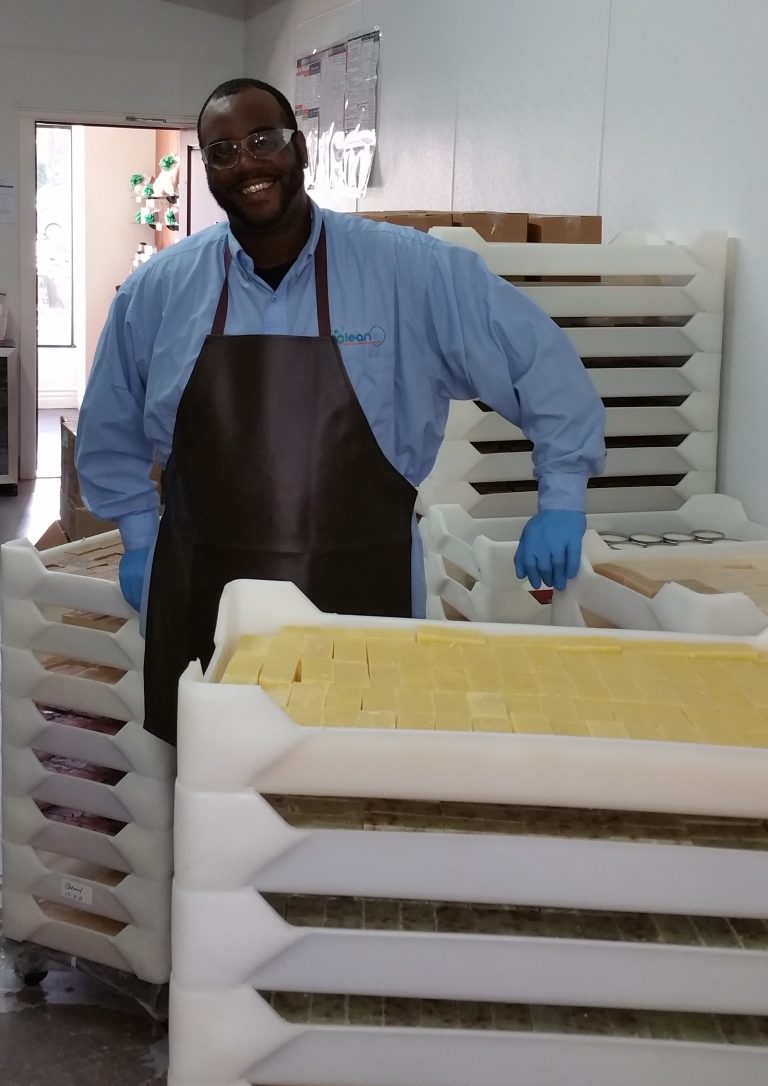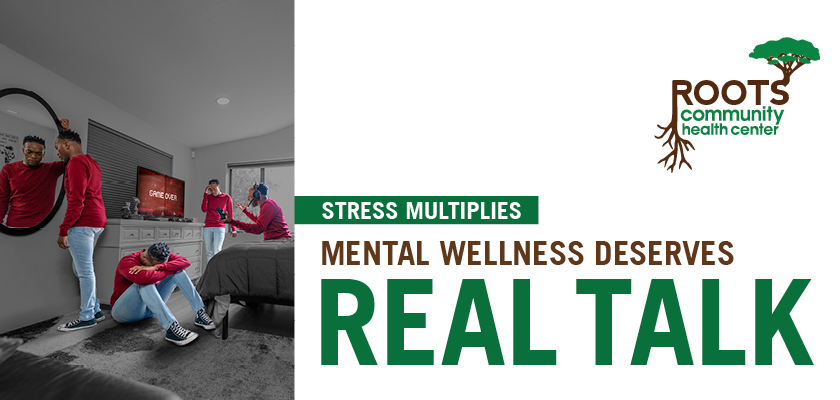As They Take On Food Insecurity, Community-Based Health Care Organizations Have Found Four Strategies That Work
Before the COVID-19 pandemic, more than 35 million Americans faced food insecurity. Now, more than 50 million are food insecure, with children and families accounting for a substantial part of the increase. Food insecurity disproportionately impacts racial minorities and low-income populations, and it is especially problematic for those with chronic conditions. For people with diabetes, food insecurity is associated with poor self-management, up to twice the odds of poor diabetes control (high blood sugar levels, elevated HbA1c), as well as preventable hospital admissions for diabetic ketoacidosis or diabetes-related limb amputation.
The concept of food as medicine is not new. H. Jack Geiger, MD, who established community health centers in the Mississippi Delta in 1965, is remembered for commenting that “The last time I checked my textbooks, the specific therapy for malnutrition was, in fact, food.” Before the pandemic, community-based health care organizations increasingly recognized that addressing food insecurity was an important component of efforts to improve outcomes and reduce health care costs for people with complex needs. During the pandemic, as larger segments of the population were unable to meet their basic needs, combating food insecurity took on increased urgency. Community-based organizations and health care systems throughout the country have been rising to the challenge of food insecurity with a variety of innovative approaches.
As the National Program Office for the Bridging the Gap: Reducing Disparities in Diabetes Care initiative, we work with health and social service organizations across the US to address the needs of patients with diabetes. We have identified four strategies that have been central to success in programs aimed at increasing food access and reducing food insecurity in disadvantaged populations. In this post, we describe each approach and provide examples of effective implementation at the community level to meet specific population needs.
Embedding Food Distribution In Hospitals And Clinics
Embedding food distribution in health care settings can have substantial benefits, including the expeditious provision of food for those in urgent need, co-location of services to reduce patient burden, opportunities to provide skills-based nutrition education, and the establishment (or reinforcement) of institutional trust.
The Roots Community Health in Oakland, California, hosts an on-site food pantry, the Roots Community Market. The market provides free access to food to patients at a trusted location where patients connect with their health care teams. It operates with a choice model that allows clients to select from a variety of staple foods, produce, and meat and uses a point system that encourages community members to make healthy choices. Healthier foods, such as fresh produce and low-fat meats, cost fewer points than less healthy options, such as canned foods and high-fat items. Patients receive a fixed number of points with which to shop based on family size and other factors. This arrangement offers flexibility and gives patients control over food selection, while simultaneously incentivizing healthy food choices.
Before the pandemic, Roots also hosted “Welcome Wednesday” meal events to offer unhoused patients access to medical care and community resources, orient new patients to their services, and provide a welcoming community space to share a free, hot meal. Between June 2019 and March 2020, the Roots Community Market distributed food 518 times to 313 patients, reaching an average of 37 patients per month. During the pandemic, Roots offered expeditious access to food through 2,839 no-contact distributions to 695 patients and their families on a weekly, bi-weekly, or monthly basis from March 2020 to December 2020. This represented an increase of more than 500 percent in the number of food distributions and more than 200 percent in the number of patients served during similar time periods.
In Portland, Oregon, Providence Health & Services integrates a food distribution program with nutrition education and navigation services at a one-stop location, the Providence Milwaukie Community Teaching Kitchen. All services are available to patients and community residents on the hospital campus, near a family medicine clinic. The Community Teaching Kitchen includes a choice-model market that offers patients a wide variety of dry, fresh, and frozen foods. The Community Teaching Kitchen offers individual and group nutritional sessions, with hands-on cooking classes led by a chef and nutrition counseling and classes led by a registered dietitian. These sessions provide patients and community members with food preparation and cooking skills, along with evidence-based nutrition information. Staff offer regular screening for social needs, including food insecurity, and access to a navigator for individualized self-management support. From April 2020 to April 2021, more than 71,000 pounds of food, which equates to more than 59,000 meals, were distributed by Community Teaching Kitchen staff to 2,627 individuals. During the pandemic, the Community Teaching Kitchen shifted to virtual culinary nutrition classes hosted through Zoom and posted weekly recipes on YouTube. The Community Teaching Kitchen also collaborated with a local community partner, Ride Connection, to support food deliveries, and hosted an on-site community resource specialist from a local social service organization, Impact NW, to help patients connect to other local resources for unmet social needs.
Tailoring Food Access Programs To Address Systemic Barriers For Immigrant Populations
Eligibility and benefit restrictions in federal nutrition assistance programs and Medicaid limit low-income immigrants’ access to healthy food. To support the health of immigrant populations, health care organizations have developed multi-dimensional nutrition assistance programs that address their unique needs.
La Clínica del Pueblo tailors food distribution to break down barriers to food access for low-income, Latinx immigrant patients in Washington, DC, and Maryland. La Clínica’s patients work largely in the service sector, which was heavily impacted by the pandemic. Food redistribution at La Clínica is designed to respond to structural barriers intensified by a federal pandemic response that provided little or no assistance to their patients. Local emergency food sources such as food banks and pantries may not be culturally tailored or accessible to patients due to language and other sociocultural barriers. La Clínica addresses these barriers by providing services in patients’ preferred language and distributing food that reflects cultural preferences. Mixed-status families that include people with different citizenship or immigration status have challenges navigating eligibility requirements for nutrition assistance programs. Before the pandemic, La Clínica identified emergent food needs during clinic visits and referred patients to trusted community partners to address food access barriers, such as fear of the Public Charge rule and exclusion from the Supplemental Nutrition Assistance Program (SNAP). La Clínica’s extensive collaboration with a local area food partner, FRESHFARM, provided fresh produce for clients at a reduced cost. This partnership increases food access for low-income clients who are not eligible for SNAP benefits, mainly due to immigration status.
In the earliest phases of the pandemic as families faced growing financial concerns, job insecurity, and fear of exposure to COVID-19, La Clínica transformed its building into a safe and trusted community space for food distribution. Through a modified collaboration with FRESHFARM, La Clínica hosted clinic-based food distribution and distributed 1,318 culturally responsive food bags to 565 clients between May and September 2020. Food distribution bags included information about COVID-19 prevention, self-care, and social distancing, “know your rights” booklets (which provided information about immigrant rights when stopped, questioned, arrested, or searched by law enforcement), census 2020 information, and culturally appropriate recipes.
Bolstering Communities’ Economic Vitality
Food insecurity is primarily an issue of material needs due to financial insecurity and inadequate wages. Programs that can feed hungry people while simultaneously supporting the local economy have the potential to substantially reduce both poverty and food insecurity.
The healthy food initiative of the Community Farm Alliance supports multiple community-based efforts to promote healthy eating, including the Farmacy program, a local farmer’s market, a community kitchen, and an incentive program supporting healthy food choices through WIC and SNAP in rural, eastern Kentucky. Since 2015, the Farmacy program, in partnership with Mountain Comprehensive Health Corporation, and the City of Whitesburg/Letcher County Farmer’s Market, has provided families and individuals who are screened for social needs and referred by clinical staff with “prescriptions” for fresh, local fruits and vegetables redeemable at the market. The initiative supports local farmers by increasing demand for their products. Martin Richards, the Alliance’s executive director, describes how every dollar spent at the city of Whitesburg/Letcher County Farmers Market circulates another one and a half times in the community to support the health of families and community economic vitality. The Alliance estimates that, from 2012 to 2017, the healthy foods initiative has translated to $2,857,400 in community economic impact. During summer 2020, community health workers facilitated Farmacy deliveries through socially distant porch visits so that program participants could maintain access to healthy foods and continue support for local farmers.
Advancing Cross-Sector Collaboration
Food insecurity, such as poverty, is complex, multifactorial, and pernicious. Fully addressing it will require changes in food delivery systems; modification of agricultural and nutrition assistance policy (such as SNAP eligibility); as well as macro-level transformation in areas such as compensation, education, and employment opportunities. For patients with chronic diseases such as diabetes, food insecurity efforts must be coupled with nutrition education and access to fresh, healthy produce to maximize the impact on glucose control and health outcomes. Cross-sector collaborations can be the vehicle of change needed to address these issues. Successful cross-sector collaborations focused on food insecurity require a unique combination of organizations in the social service, health care, agriculture, philanthropic, and government sectors.
The Trenton Health Team (THT) convenes the Trenton Food Stakeholders (TFS) group to address structural, logistical, and policy-related issues that impact food access and distribution in Trenton, New Jersey. This cross-sector group mobilizes organizations to foster collaboration, identify gaps in food access, and disseminate information to the community on available food resources. The stakeholder group brings together the organizational expertise from the city of Trenton’s Department of Health and Human Services, New Jersey SNAP-Ed, social service providers, health care organizations, and local farmers to share resources and identify gaps in food access and information. This model draws on cross-sector perspectives to assess resource strengths (including volunteers, equipment, and supplies) and challenges, such as food delivery and limited cold storage capacity, that can impact long-term planning for a robust community response to food insecurity.
During the pandemic, TFS quickly shifted to biweekly meetings, allowing stakeholders to coordinate an emergency food response in an environment of increasing needs. THT also developed an interactive, online directory and map to easily identify local food resources. The directory provided a real-time catalogue of available resources and a searchable map to identify food sources by day of distribution, time of services, and needs of specific populations, such as seniors and students. The directory and map included more than 50 food distribution resources and was accessed more than 2,400 times between April 2020 and May 2021 by more than 1,700 unique users. Nearly all free food resources in Trenton and many in Mercer County were catalogued, geo-located, and updated as often as daily to help people access available resources such as summer meal sites, food pantries, and soup kitchens.
Conclusion
COVID-19 has significantly impacted the lives and well-being of millions of Americans, and the enduring effects will be particularly devastating for those who faced food insecurity before the pandemic. To address the long-term consequences of the pandemic and the disproportionate impact on marginalized populations, health care organizations must play a pivotal role in addressing patients’ unmet social needs. Health care organizations, which often are anchor institutions within in their communities and have longstanding partnerships across the health and social service sectors, are uniquely positioned to take on food insecurity in a comprehensive way.
Health care providers and clinical staff, who see patients at their most vulnerable, can act as critical conduits to community resources. The details of program operations differ and need to be adapted to varying community needs, organizational infrastructure, and staff capacity. By leveraging structural assets, addressing systemic barriers, bolstering communities’ economic vitality, and building bridges across sectors, community-based health care organizations have made significant progress in reducing food insecurity during the pandemic and laid the groundwork for further improvement in the years to come.
Authors’ Note
The authors of this blog post are supported by funding from the Merck Foundation for Bridging the Gap: Reducing Disparities in Diabetes Care. Dr. Peek is also funded by the Chicago Center for Diabetes Translation Research through P30 NIH/NIDDK funding.
The authors would like to acknowledge Matthew Broad (Trenton Health Team), Heidi Davis (Providence Health & Services), Breanne Grady (Roots Community Health), Rodrigo Stein (La Clínica del Pueblo), Chasity Eversole (Mountain Comprehensive Health Corporation), and Stephanie Bowman (Marshall University) for their support and guidance on this piece and for their ongoing efforts to support care for patients with diabetes.
